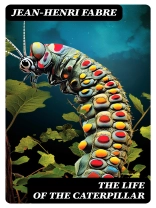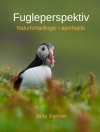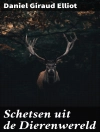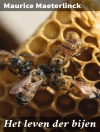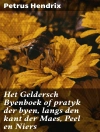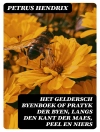In ’The Life of the Caterpillar, ’ Jean-Henri Fabre delves into the intricate world of lepidopterology, presenting a meticulously detailed narrative that captures the metamorphosis of caterpillars into butterflies. This work exemplifies Fabre’s commitment to observational science, blending lyrical prose with rigorous entomological study, thus offering readers not only a glimpse into the natural processes governing the lives of these creatures but also a meditation on transformation and renewal. The book contextualizes its findings within the scientific discourse of the late 19th century, a period marked by significant advancements in natural history. Fabre, often hailed as the father of modern entomology, was inspired by his deep fascination with nature and a desire to illuminate the hidden lives of insects. His background as a teacher and a naturalist shaped his ability to communicate complex scientific ideas in an accessible manner. Moreover, Fabre’s own experiences of revelatory encounters with nature underpin his passionate advocacy for observational study, emphasizing the beauty and intricacies of life often overlooked. This book is highly recommended for those who seek not merely knowledge but an immersive experience into the wonders of nature. Fabre’s poetic observations will captivate both science enthusiasts and literary readers alike, making ’The Life of the Caterpillar’ an essential addition to any collection that celebrates the intersection of art and science.
Om författaren
Jean-Henri Fabre (1823–1915) was a preeminent French entomologist and author whose detailed observations and poetic depiction of the insect world have earned him the moniker ’Homer of Insects’ by his admirers. Though largely self-taught, his insatiable curiosity about the natural world resulted in profound contributions to the field of entomology. Fabre’s pioneering research was disseminated through a series of texts collectively known as the ’Souvenirs Entomologiques, ’ which combine meticulous scientific study with evocative, accessible language. His work, ’The Life of the Caterpillar, ’ is exemplary of his approach, offering readers a vivid insight into the behaviors and life cycle of caterpillars in a manner that transcends the scientific community to engage a wider public audience. Fabre’s literary style is characterized by an engaging narrative that transforms the scientific observation of insects into compelling tales that captivate and educate. This style of science writing not only broadened the appeal of entomological study but has also inspired generations of naturalists and writers. While his methods at times diverged from the developing norms of scientific rigour during his era, his legacy endures, and he is remembered as a passionate observer and chronicler of the natural world whose work has helped to foster a greater appreciation for the intricacies of insect life.
